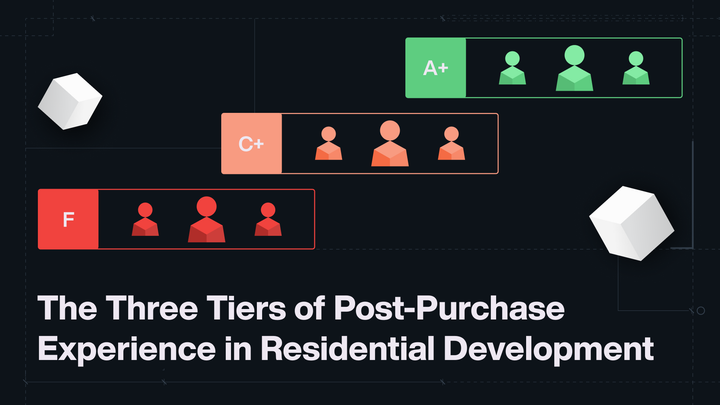4 Questions Asked About Email Marketing
We’ve gathered our most popular questions and answered them for you below to help you reach your customers and strengthen your email campaigns.
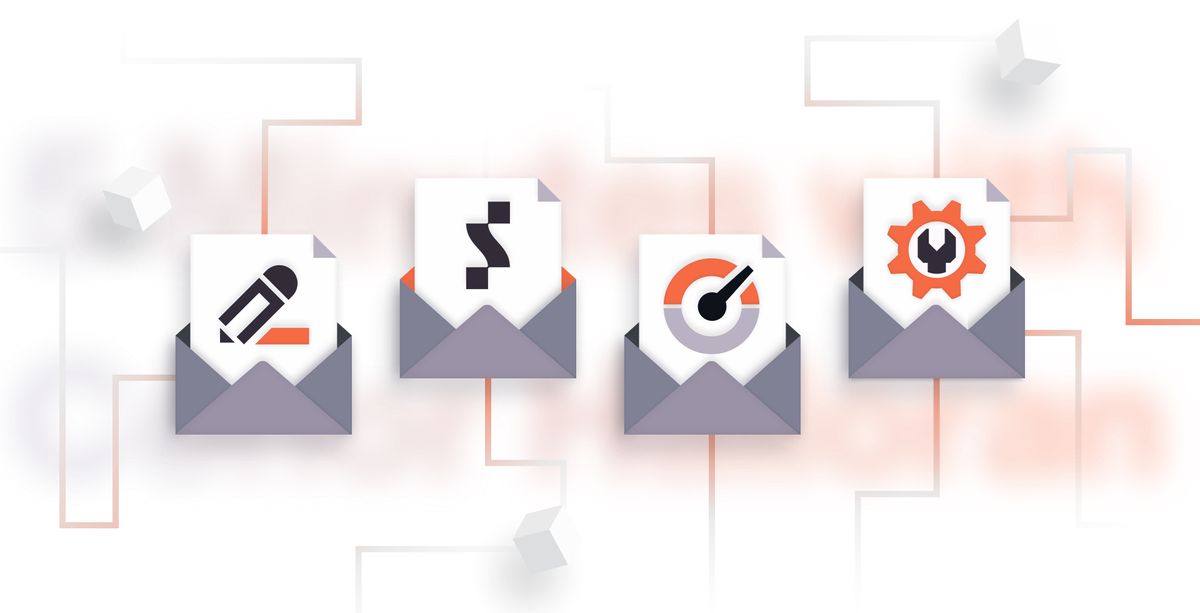
We mentioned in May’s Building Better Emails webinar that email marketing is a huge topic, and we were proven right by the number of follow up questions that came in during the webinar and by email - people really want to optimize their emails, but they have a lot of questions about how!
So, let’s continue the conversation. We’ve gathered our most popular questions and answered them for you below to help you reach your customers and strengthen your email campaigns.
1. What are the key rules for crafting subject lines?
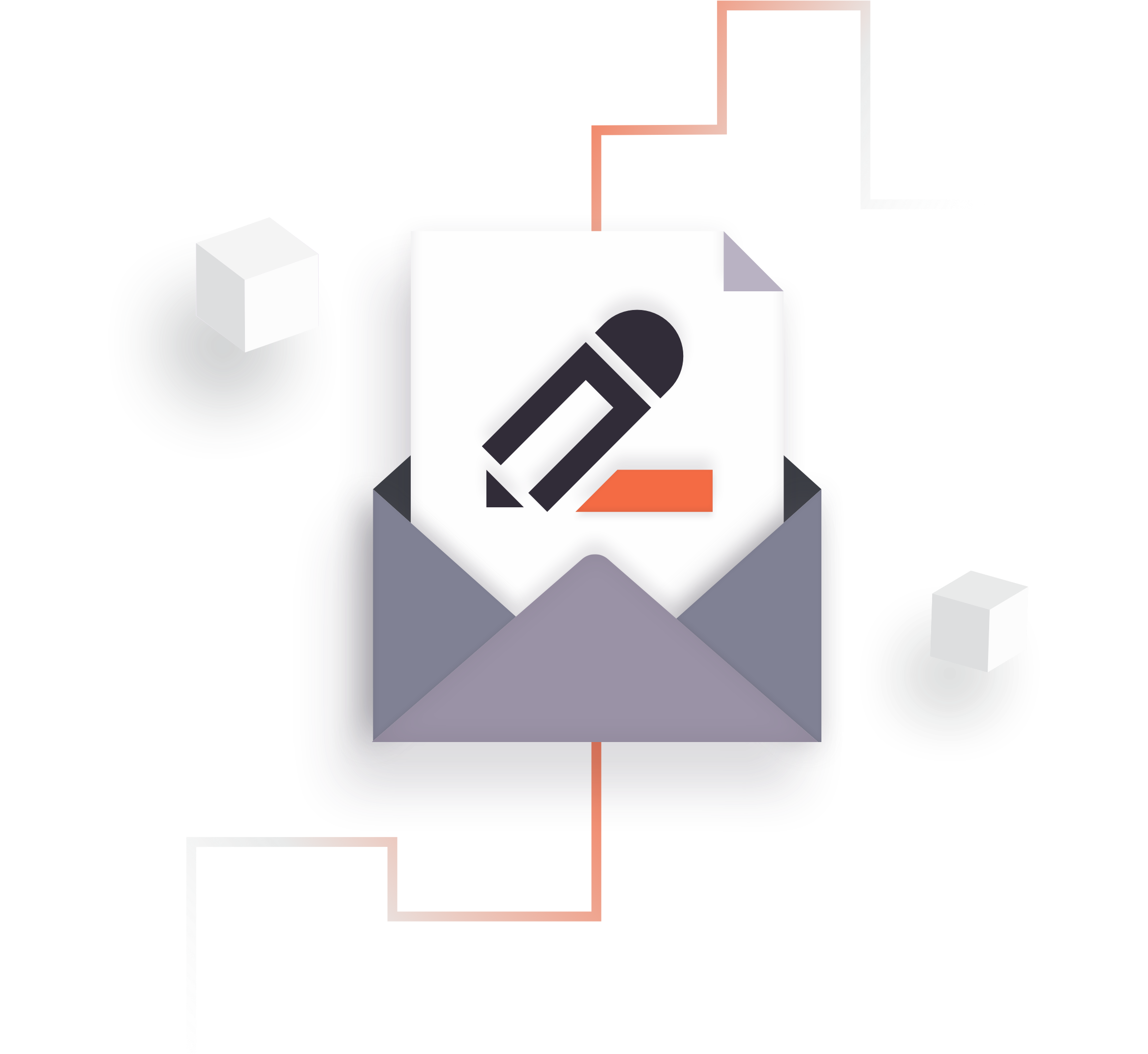
- Be brief. Ideally, subject lines should be under 50 characters. Conciseness is key and using preview text is a great way to fill in any missing context from the subject line.
- No spam, ma’am! While things like special characters and all caps may be thought of as attention grabbing, they may lead to spam filters preventing your email from reaching your audience’s inbox in the first place. Watch your trigger words too. $$$ EARN BIG COMMISSION TODAY!!! isn’t going to get anyone’s attention because that email is going straight to the spam folder.
- Words for the win. Word choices are key to stand out in your reader’s inbox. As long as you use them carefully, dynamic words or phrases that evoke FOMO (fear of missing out) are great ways to stand out.
2. With Dark Mode being such a staple point for users, how can I optimize my emails to be compatible?

Dark mode has definitely created a new realm of considerations for email marketers, with one informal survey finding that 82.7% of its respondents use dark mode. It’s a bit of a wild west situation where no email provider renders dark mode the same. Here are a few pointers we tell our customers:
- Double-duty templates: You don’t know which recipients will open an email in dark mode and you can’t override a reader’s device preferences to force a certain mode. So what should you do? Make sure that any images or assets you use to build your template are versatile enough to be visible and visually pleasing in both modes. For example, consider how your dark logo will look if the background gets flipped from white to black. Consider adding a glow or use a thoughtfully cropped white background.

- Design < Readability: At Spark design is one of our core pillars, and despite that we still prioritize readability over it. Everyone loves a visually appealing email, but don’t sacrifice readability on the altar of design. The colour of your text can change between black and white based on your reader’s dark or light mode preferences, potentially leading to the body text blending into with patterned backgrounds. If you go down this design route, ensure that your text itself has a clean, solid background that has enough contrast to the text and is separate from any other design elements you include.
3. How can I measure the success of my emails and campaign strategy?
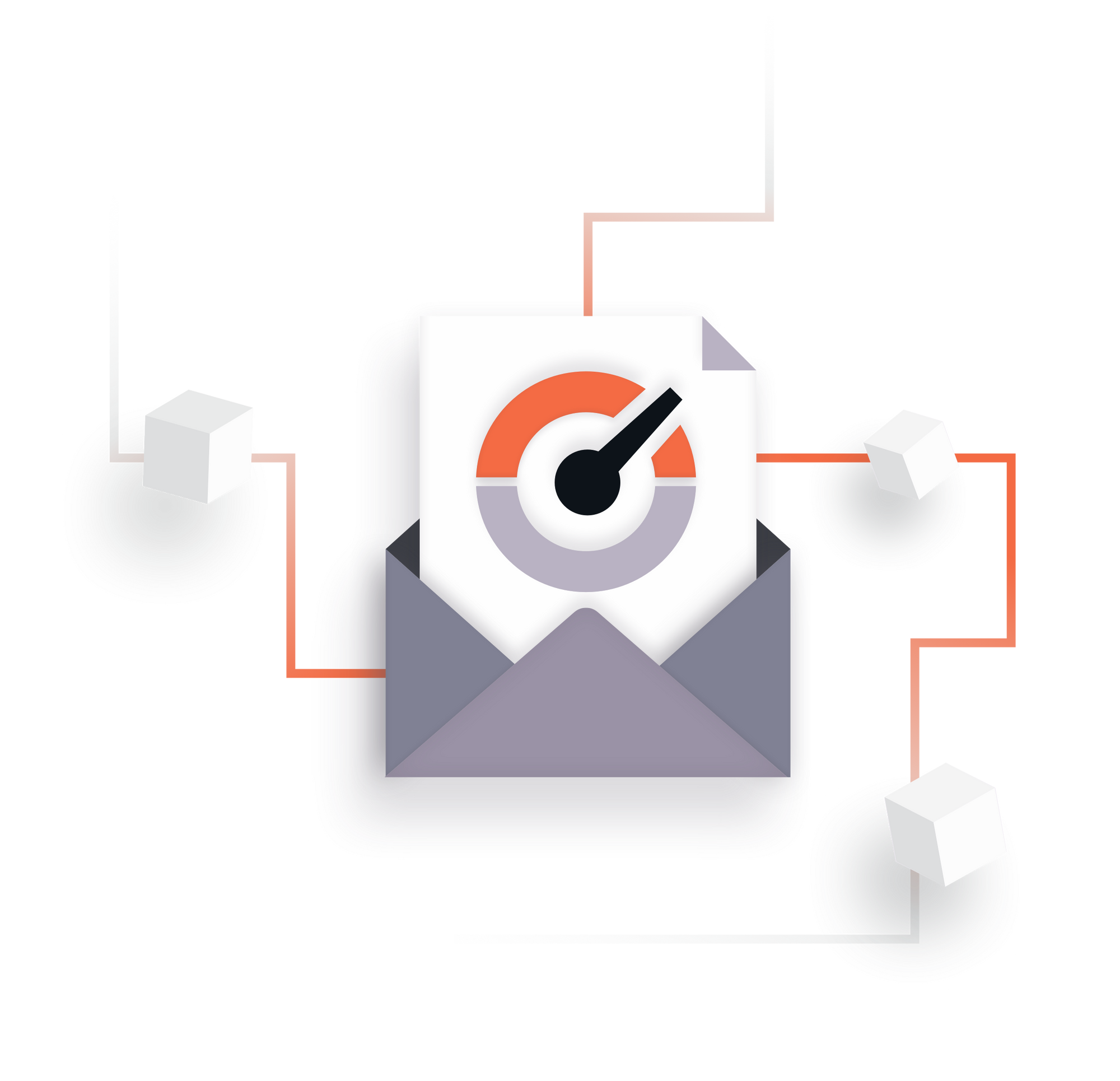
You sent an email campaign and now you want to know if you’ve reached your audience; here are some of the metrics we use most:
- Open rate: the % of people who opened your email vs. the number of total successful deliveries. This is indicative of subject line/header text quality, but keep in mind this will be inflated due to Apple’s Mail Privacy Protection. Truthfully, there is no universal benchmark stat for open rates as they wildly fluctuate by campaign type, ex: general email newsletters could have a 30% open rate while a targeted outreach email could reach a 70% open rate.
- Click through rate (CTR): % of people who clicked on a button/link/CTA in your email vs. the number of people who opened the email. This is often indicative of how enticing or relevant the campaign is to your audience as well as how well designed your email is. Around 3% is generally an average CTR, while 5-10% is considered exceptional.
- Bounce rate: % of emails that could not be delivered - a growing bounce rate is indicative that your email lists need to be cleaned. Keep this number under 2%.
- Unsubscribe rate: % of individuals who received the email who unsubscribed after opening that particular email - a growing unsubscribe rate is indicative that you may need to re-evaluate which emails you send your segments. Benchmark here is under 0.5%.
- Spam rate: % of emails that were reported as spam - a growing or unusually high number could be indicative that your email campaigns or promotions are not viewed as trustworthy by your audience. Anything over 0.1% is concerning.
4. Calamity! I revamped my subject lines, but my metrics are moving in the wrong direction - what should I do?
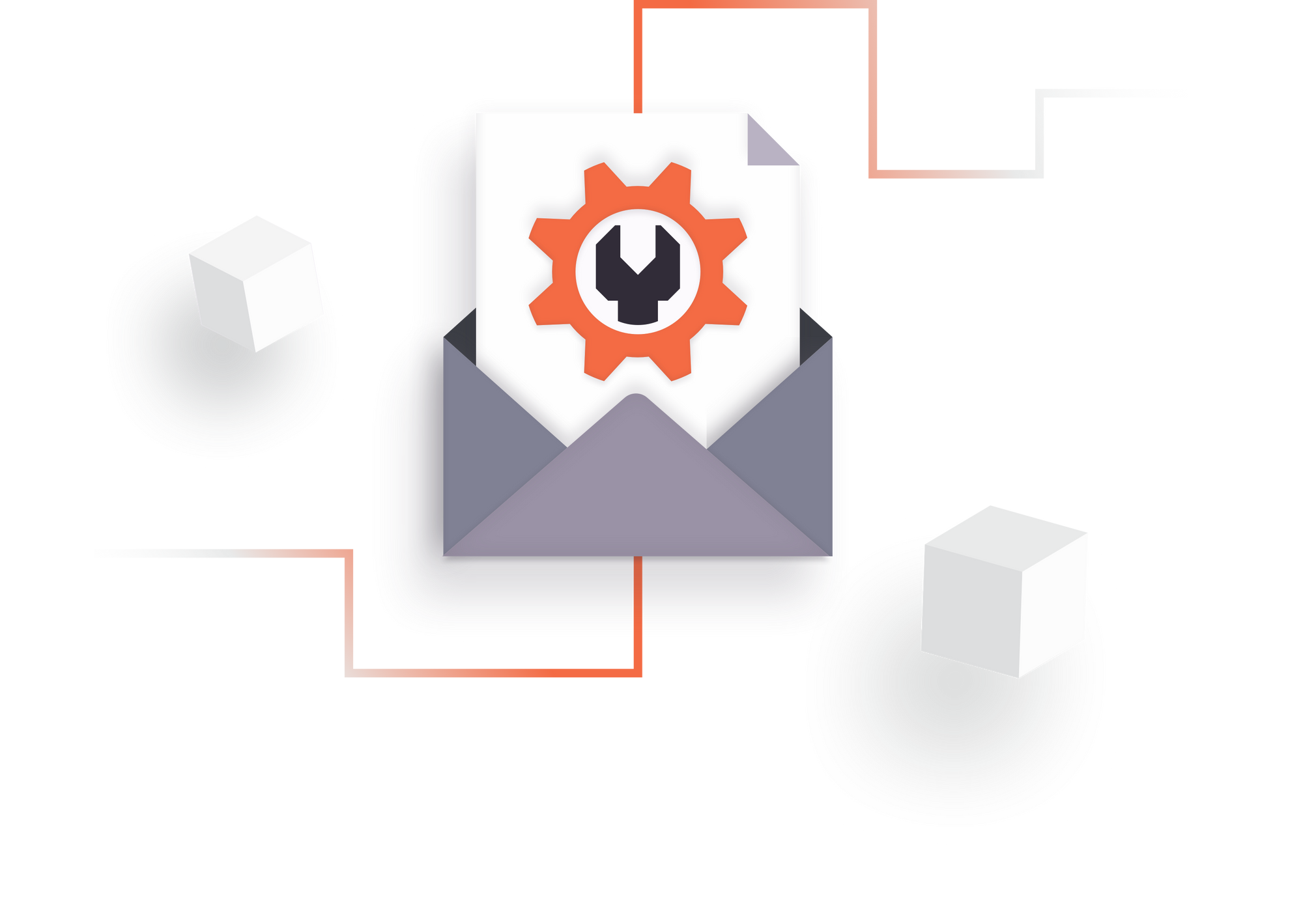
We know it can be concerning (and frustrating) to watch your open rates and CTR decline or your spam complaints and unsubscribes climb no matter what you do. But the solution may be simpler than you think. Three things:
- Keep it clean. Over time, portions of your audience may simply become uninterested in your content but still remain subscribed, decreasing the proportion of your audience that would actually open your emails and subsequently your open rates. Regularly checking for inactive subscribers and adding them to your exclusion groups.
- Break it up. Segmentation and personalization are key - make sure you are sending high quality content to target audiences instead of your whole database, or people are more likely to mark your email spam or unsubscribe.
- #Score goals. Keep an eye on your sender score - regular monitoring will allow you to see a downward trend before things get so bad the majority of your emails are relegated to the spam folder.

